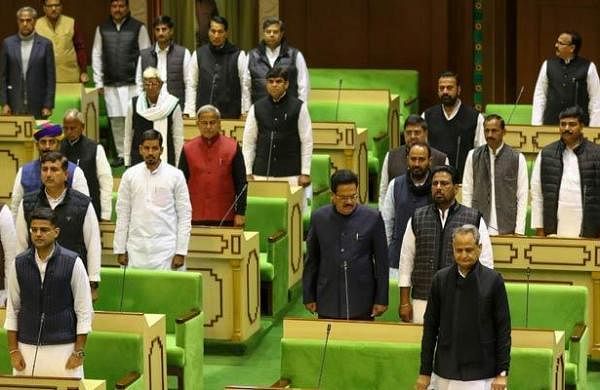NOAA, the American national forecaster, said there was a historical tendency for La Nina to follow strong El Nino events.”The forecast team is in agreement with the latest model guidance, with some uncertainty around the timing of transitions to ENSO-neutral and, following that, La Nina,” the US agency said.”But even if El Nino transitions into ENSO-neutral conditions, the monsoon this year should be better than last year,” the senior meteorologist said.India received “below-average” cumulative rainfall of ?820 mm compared to the long-period average of 868.6 mm ?in the 2023 monsoon season, which was attributed to a strengthening El Nino.Assuming El Nino continues through the first half of 2024, the World Meteorological Organisation (WMO) earlier predicted that 2024 would be warmer than 2023, Pai said.”If La Nina develops, 2024 would not be warmer than 2023,” he said.Roxy Mathew Koll, a climate scientist at the Indian Institute of Tropical Meteorology, said latest forecasts indicate a quick transition to La Nina by June, which could result in an on-time and bountiful monsoon.”At the same time, if high temperatures continue, it would mean intense cyclones and extreme rains too,” he said.Koll said global temperature anomalies might continue despite the transition.”We might think that a La Nina might result in a symmetrical effect, but it doesn’t have the same intensity as that of an El Nino. So the cooling-compensation effect that we might expect will be subdued. In fact, we have had warmer years during La Nina in the recent period, warmer than El Nino years in the past,” the scientist said.
Source link
El Nino conditions weakening, raise hopes of ‘bountiful monsoon’ in India: Meteorologists





